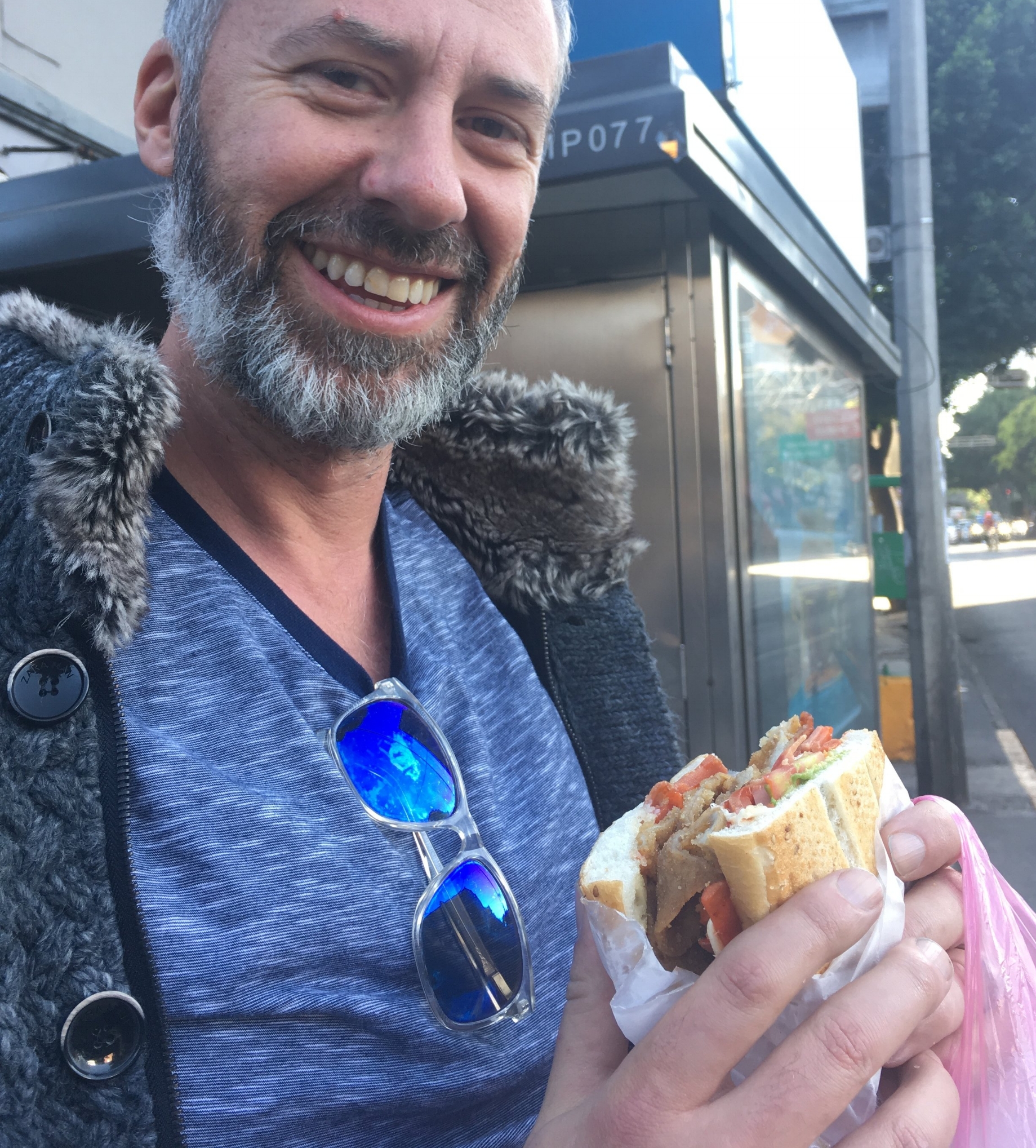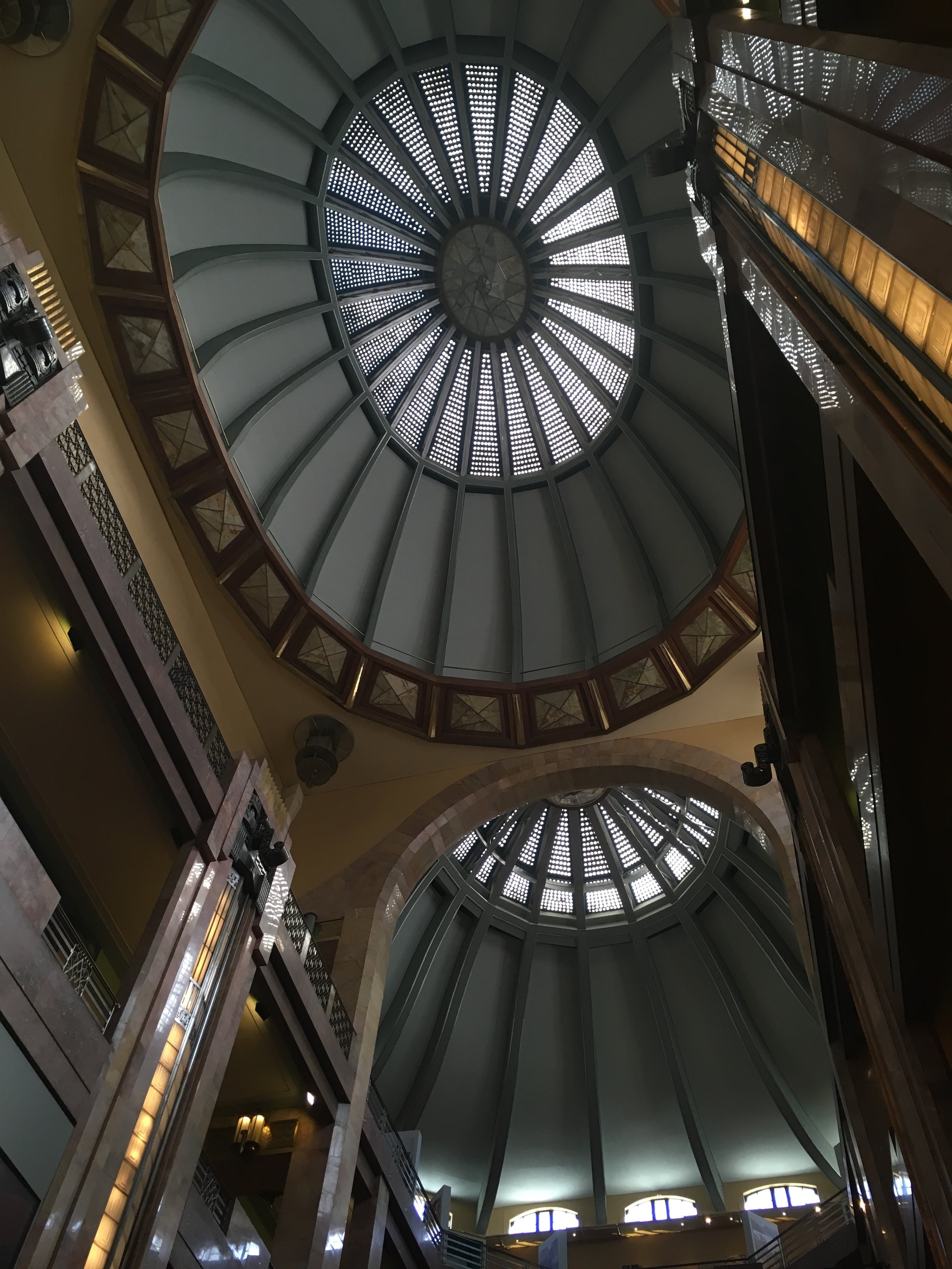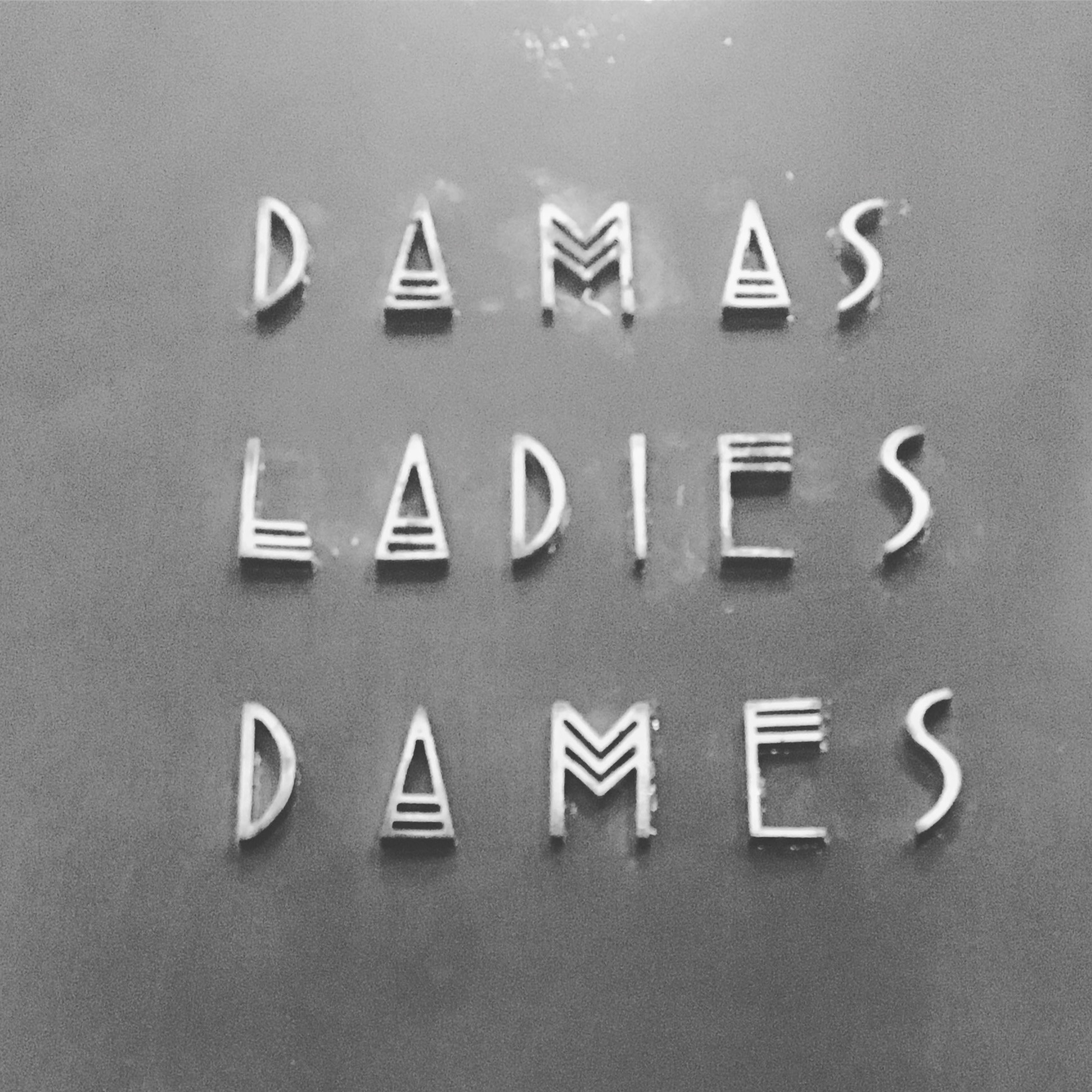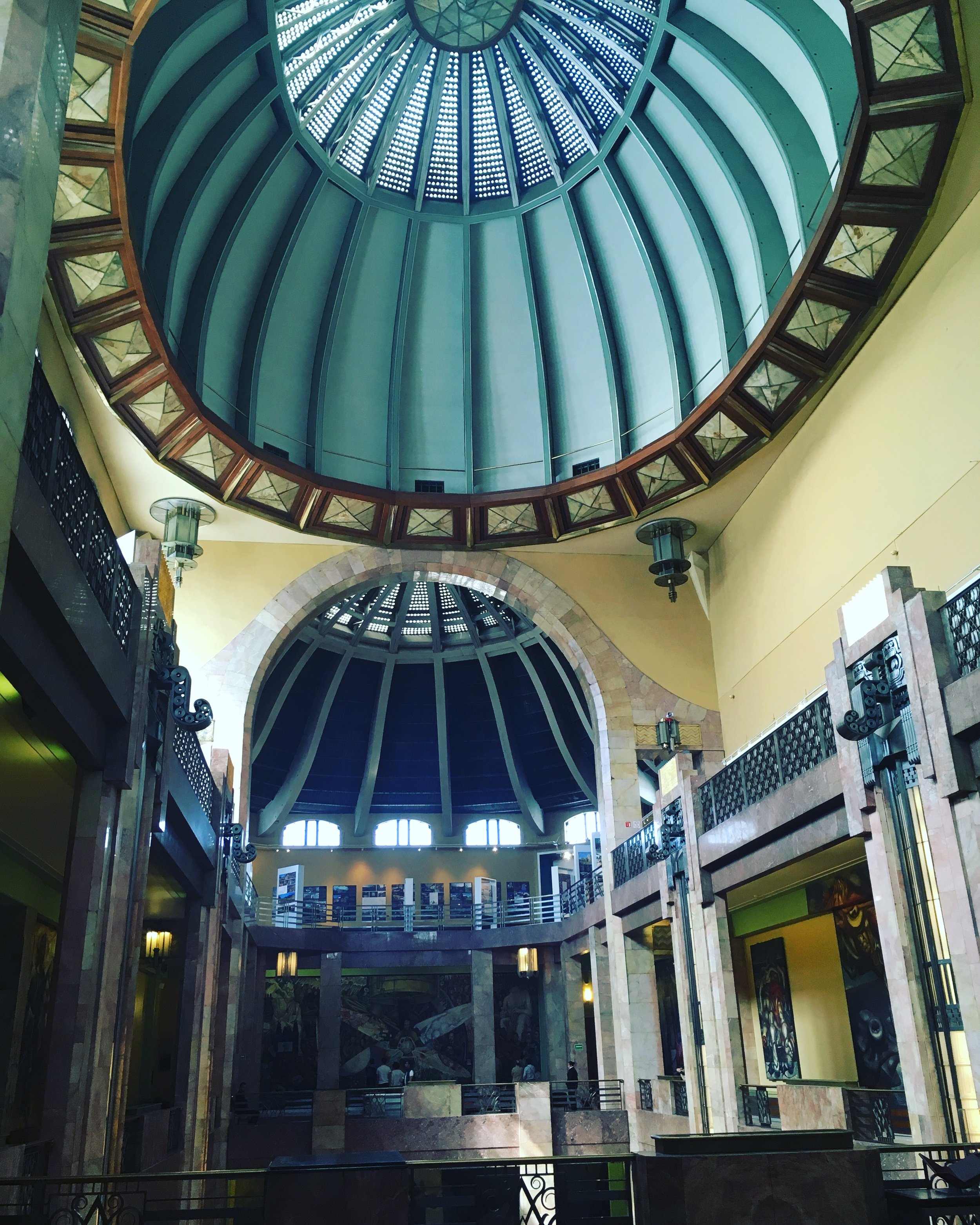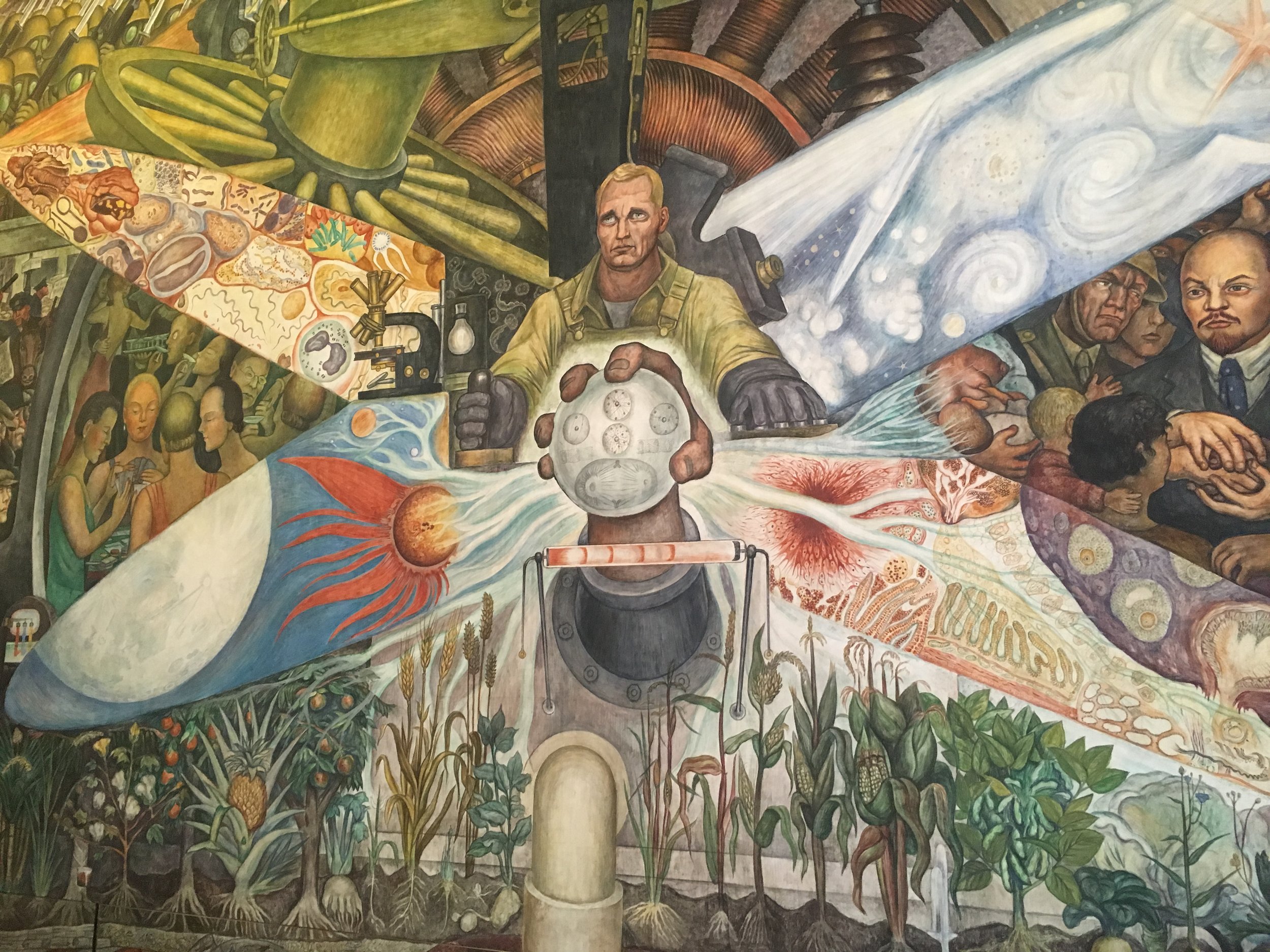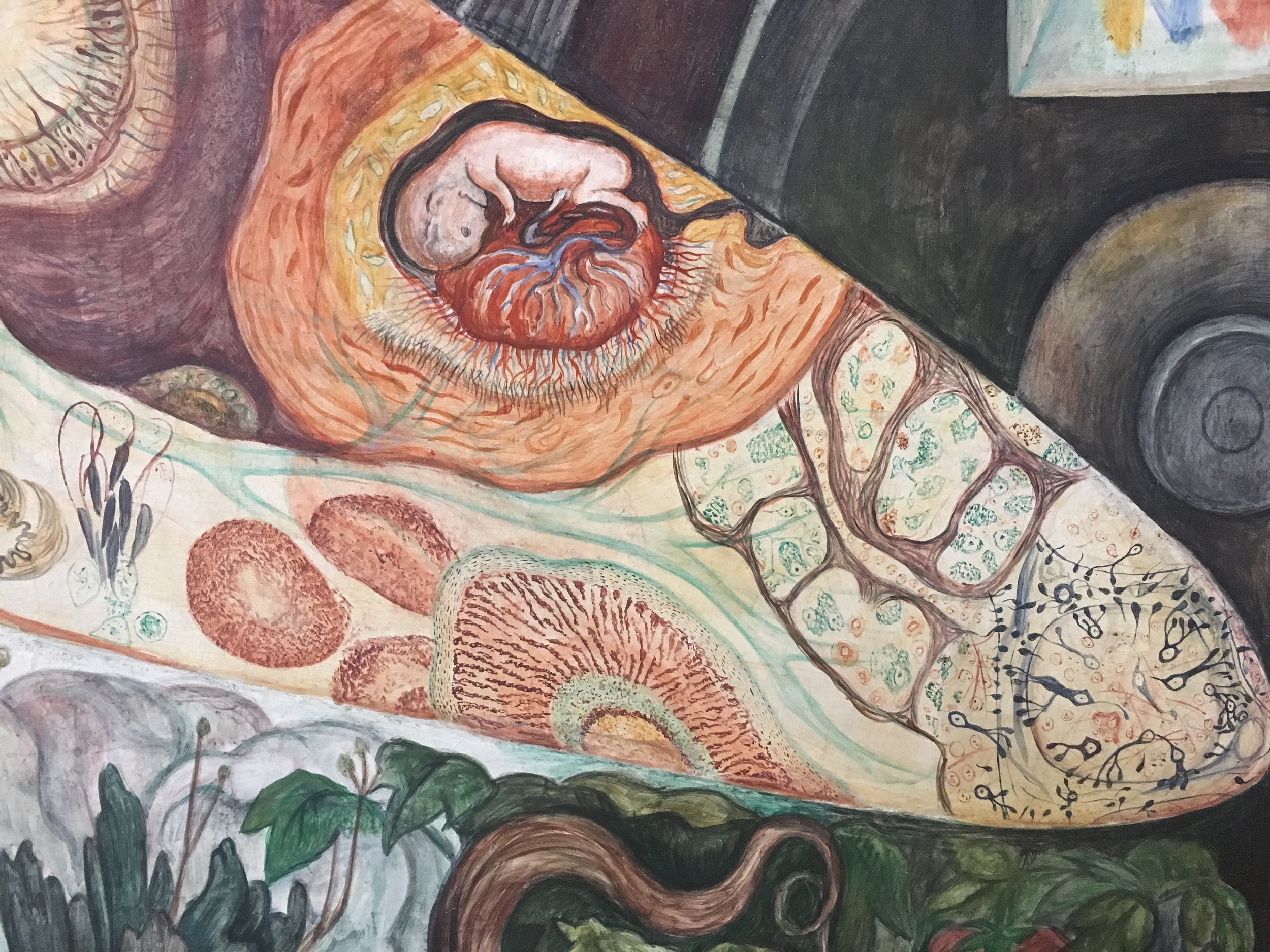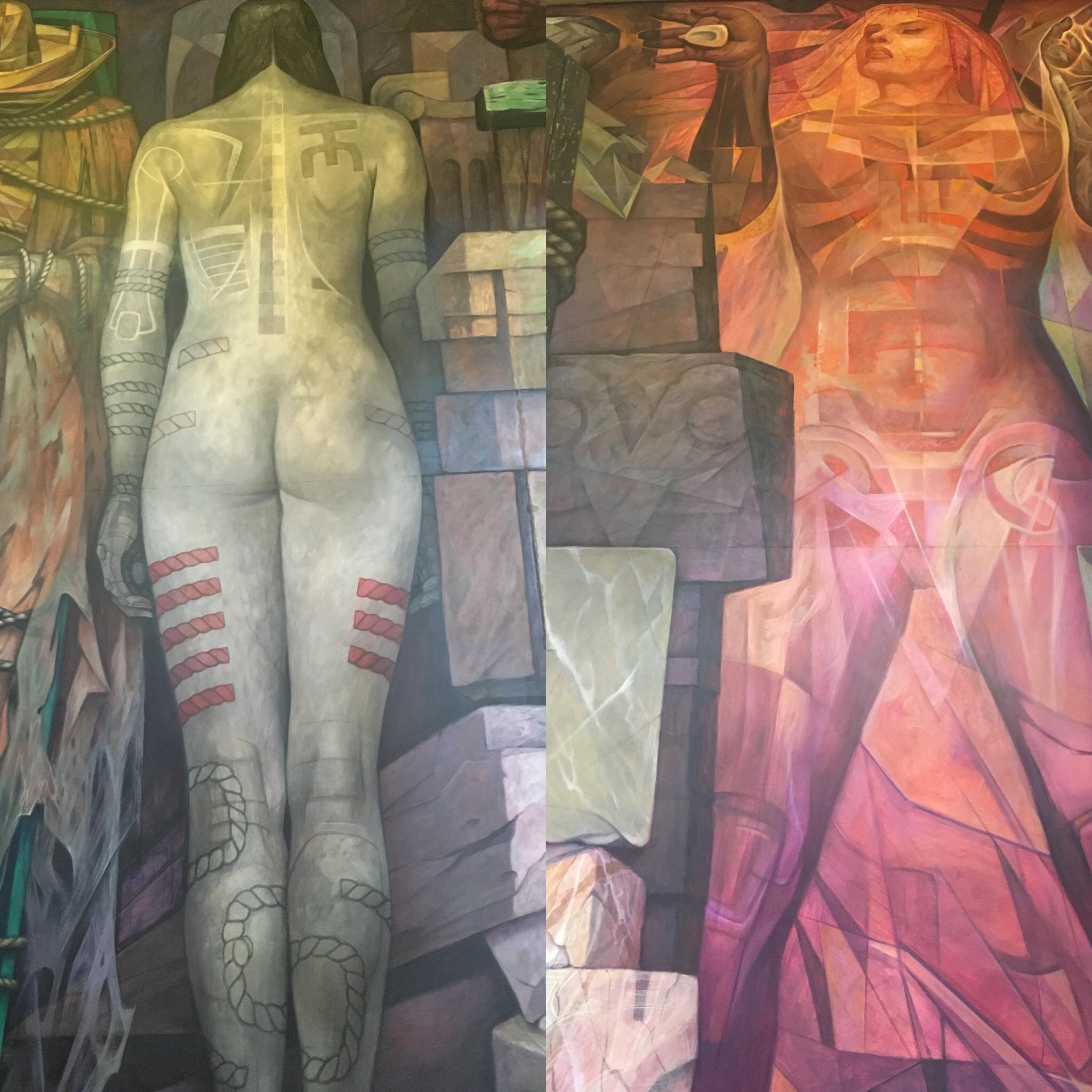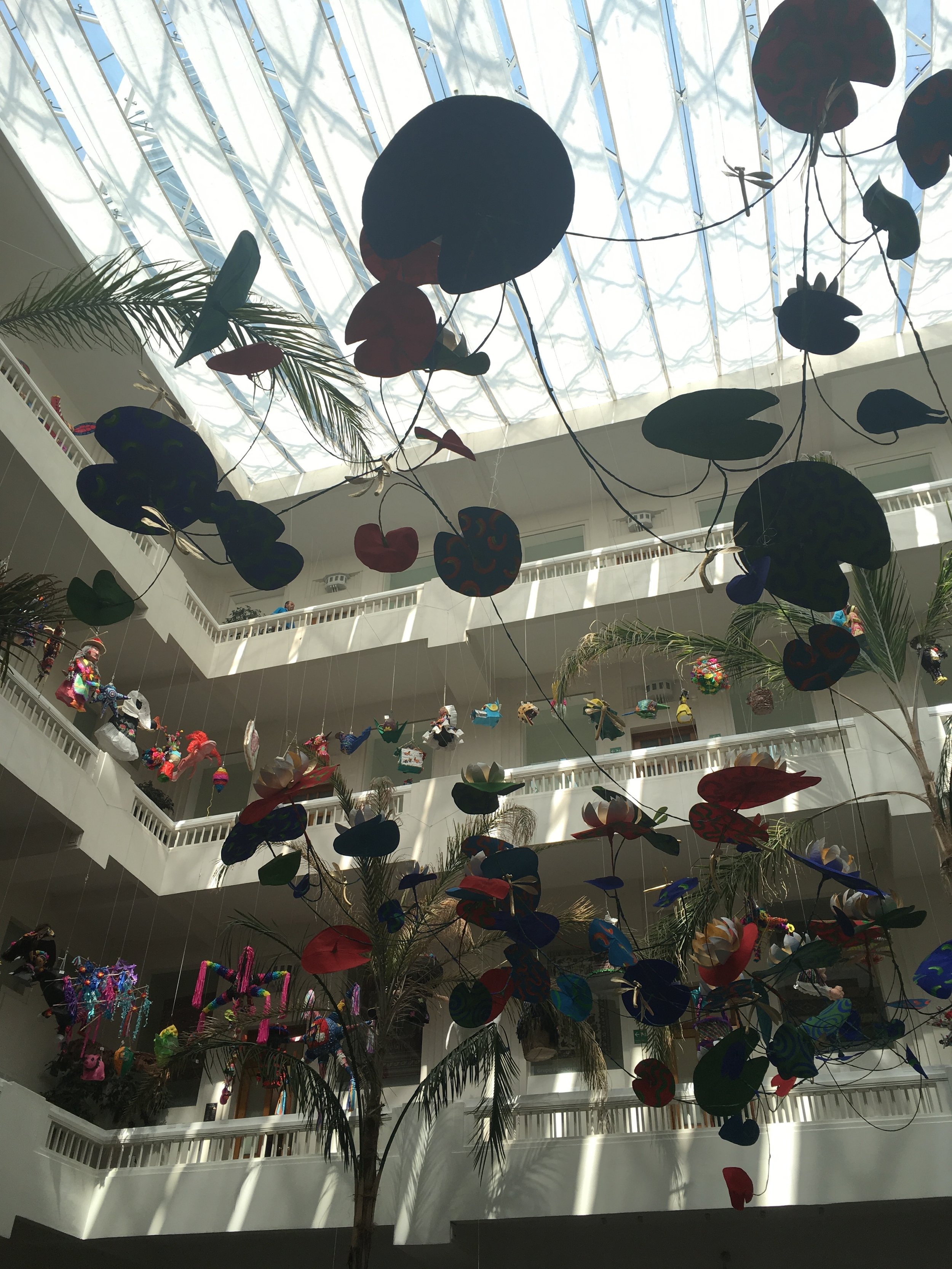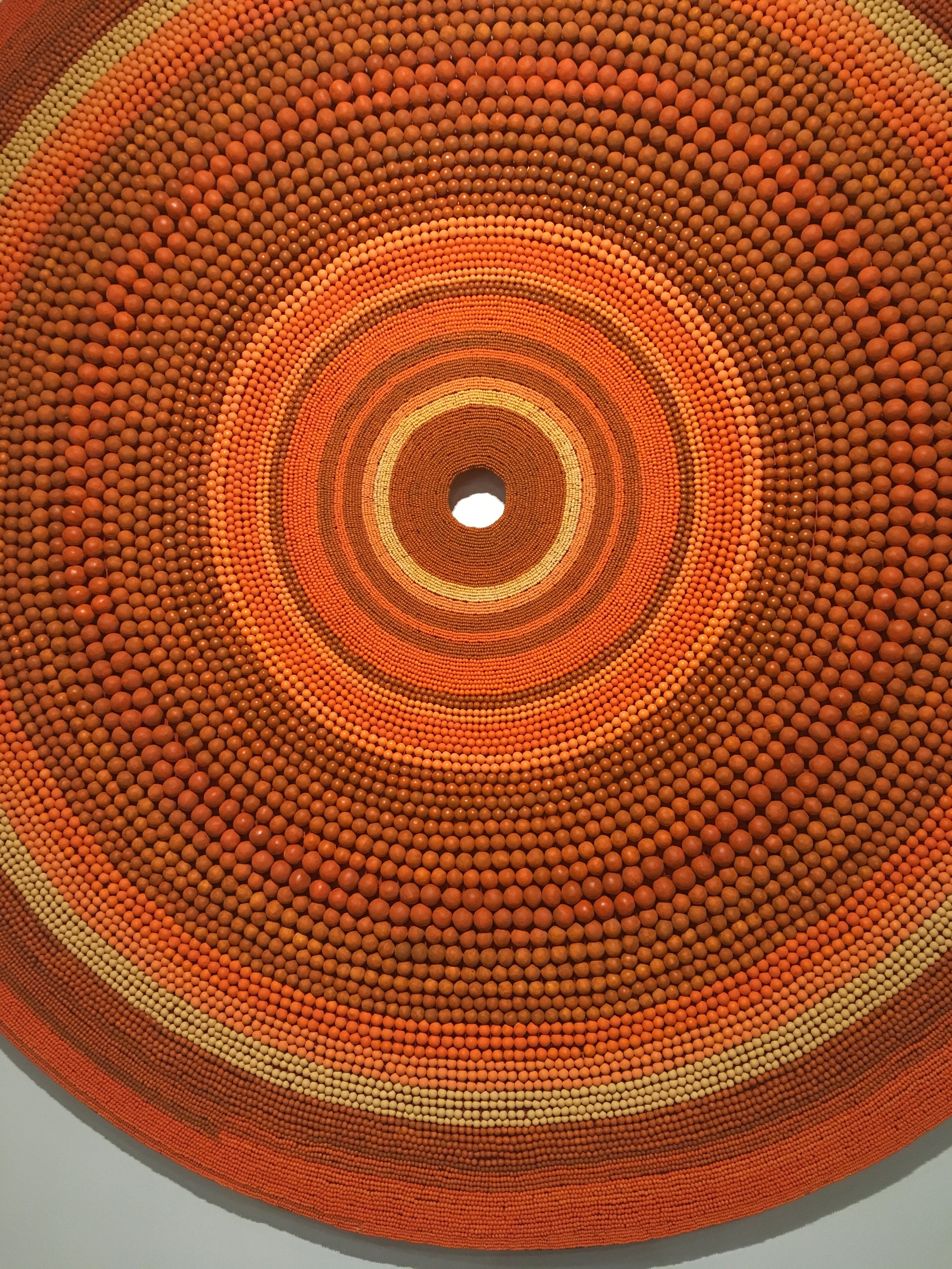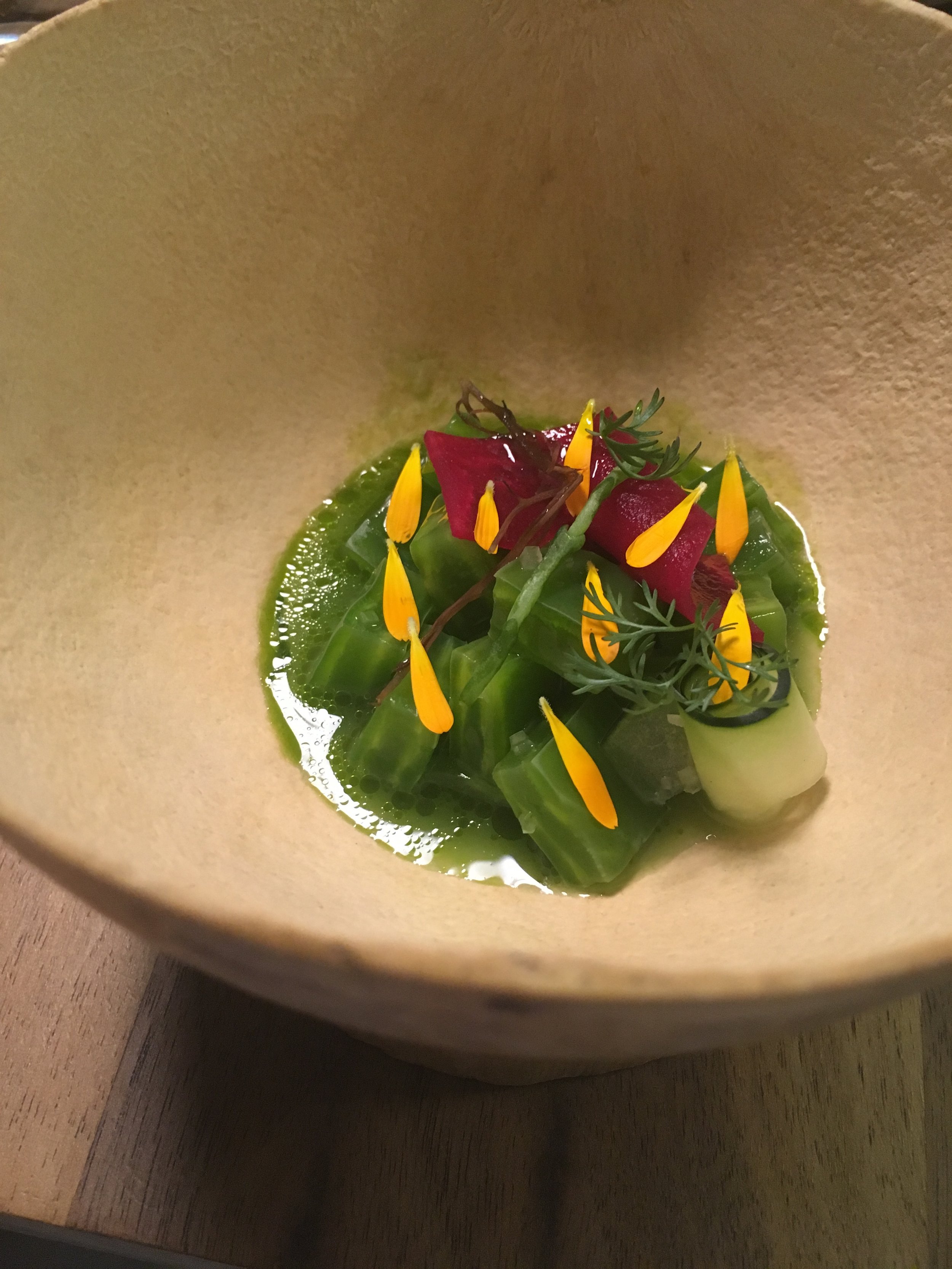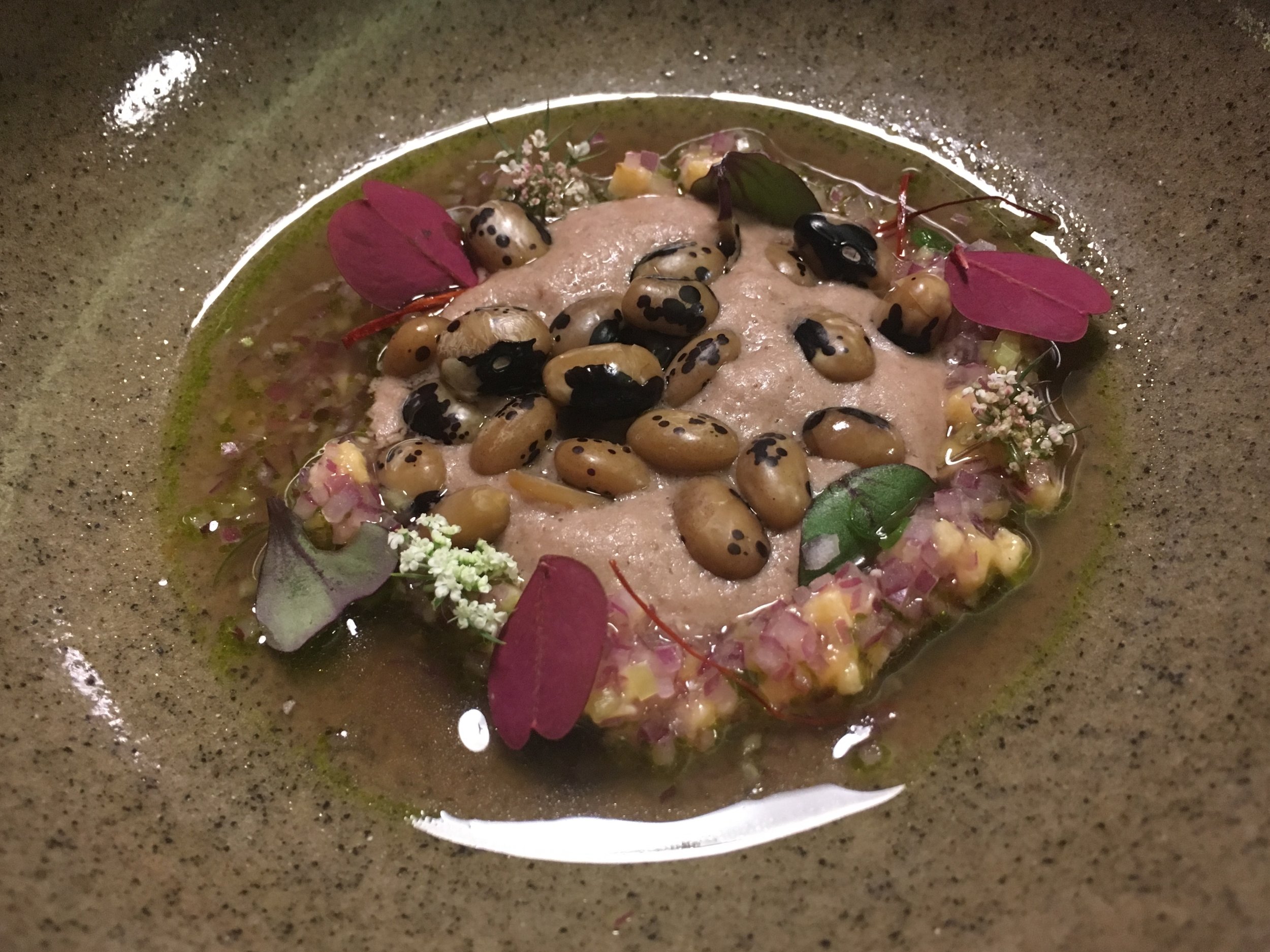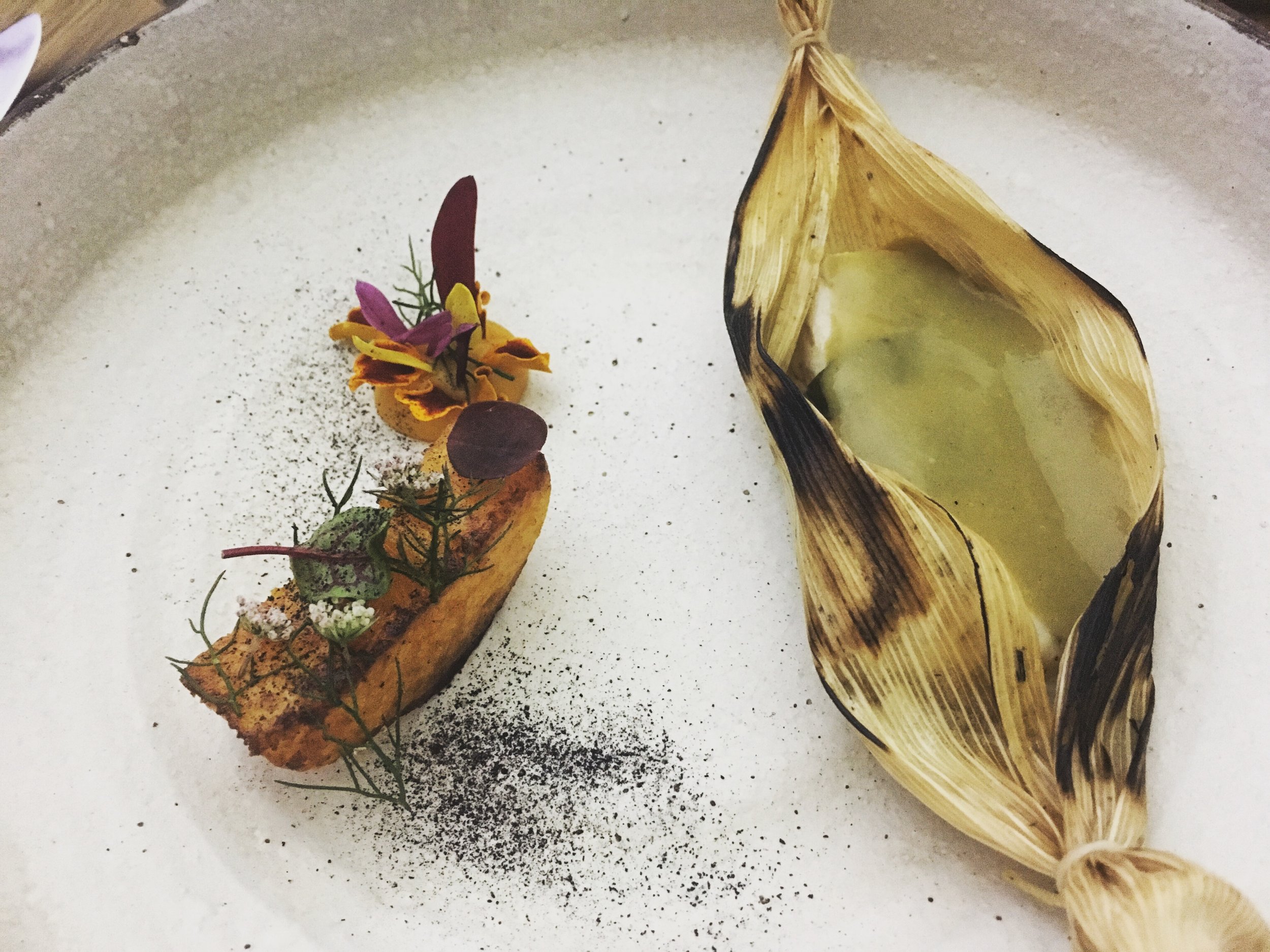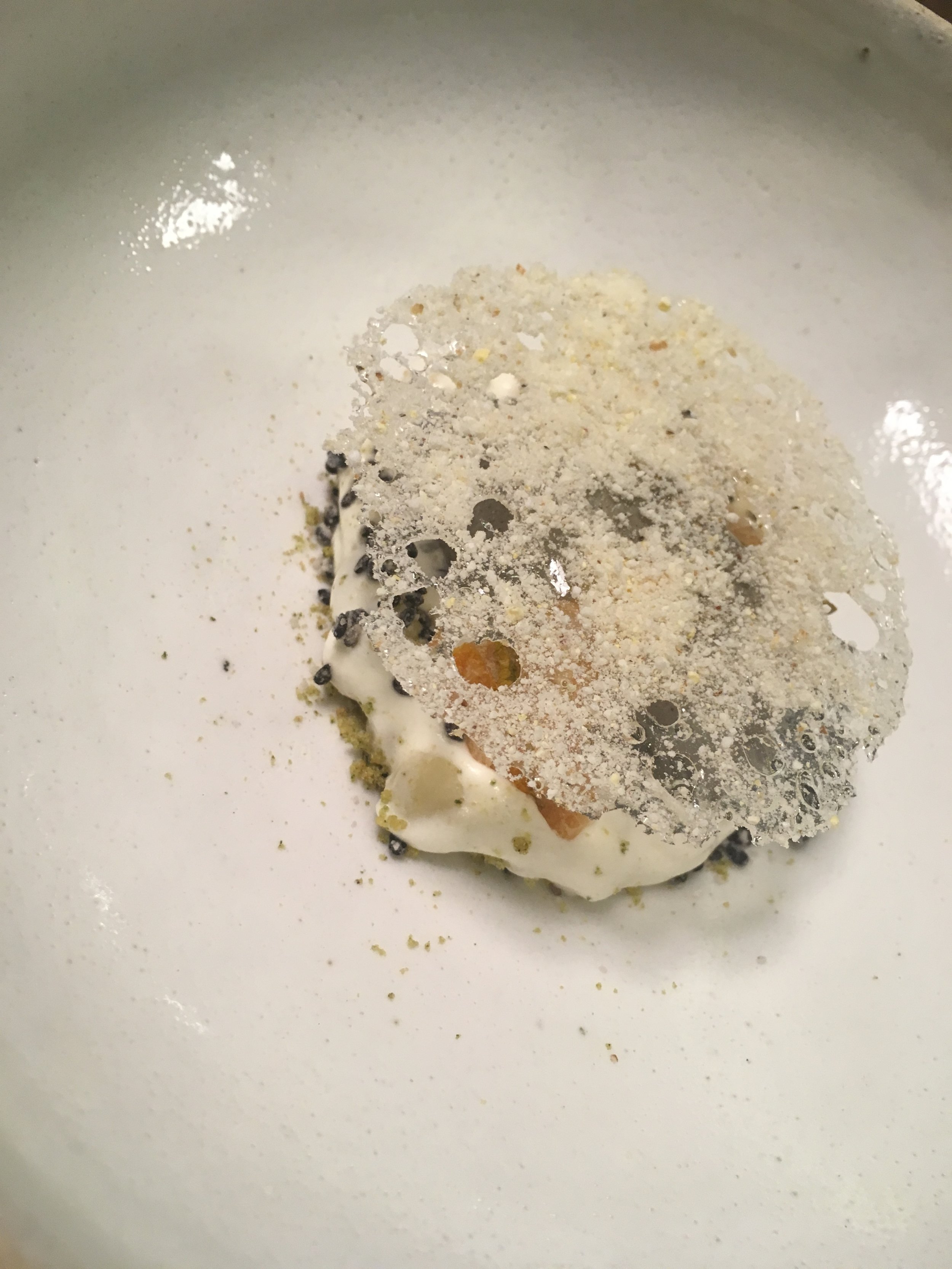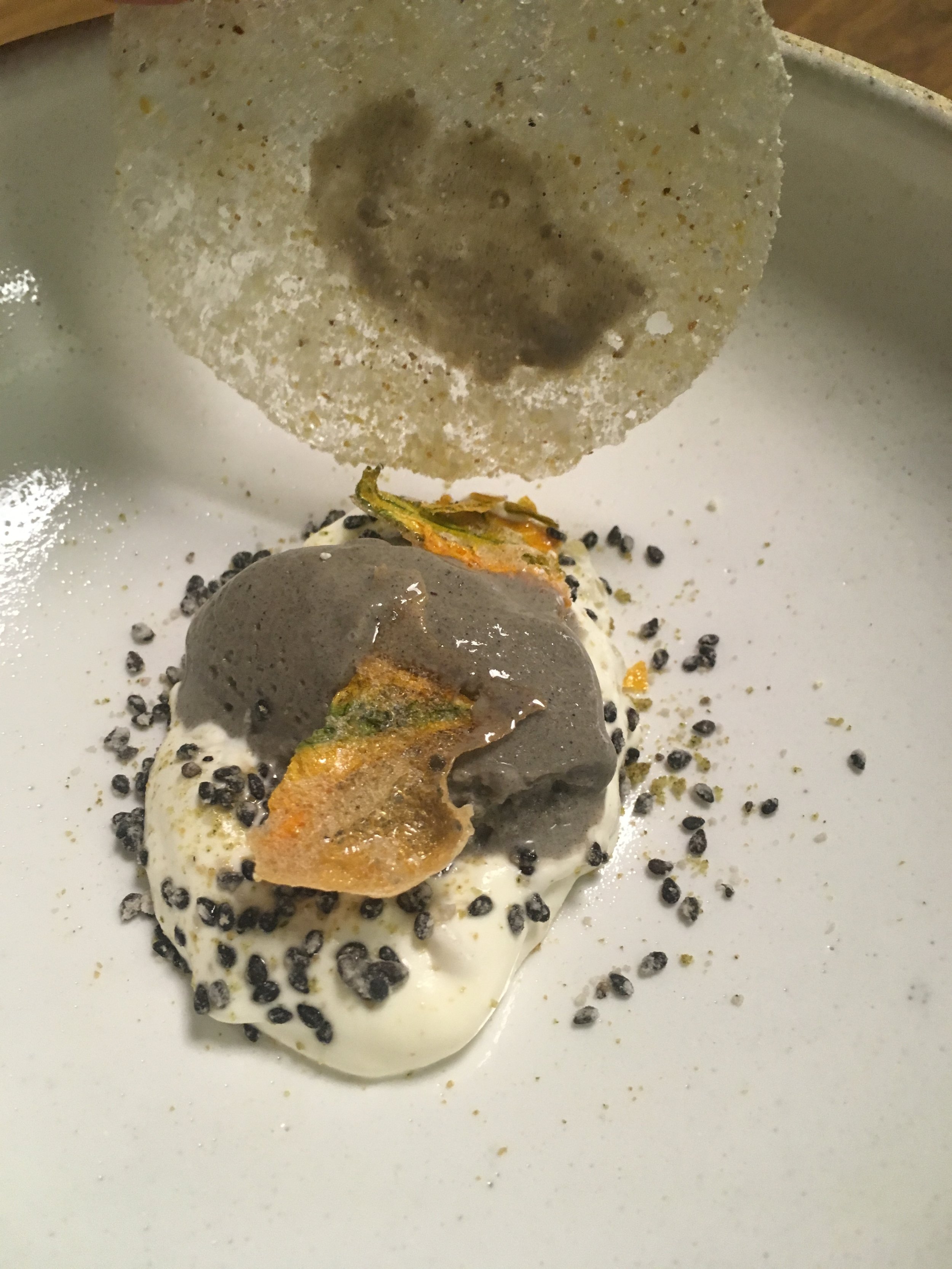Mexico City - Two Cities in One
/One thing that sets Mexico apart from many places I have visited is its embrace and celebration of its native culture. So, on the one hand, you see the obvious influence of Spanish culture in architecture and language, but also a reverence of Mayan and Aztec (and unnamed civilizations') contributions to Mexican identity. It's something I am eager to learn more about in the coming months.
Teotihuacan
We made our reservations to this archaeological site just outside the city through BestDay.com and booked The Ultimate Teotihuacan Tour, which included transportation from the Historic Center to the entrance of the pyramids and back. While I do think the tour was informative and interesting, we left late and at 1pm, after touring the pyramids for hours, we were brought to a mezcal producer that wasn’t advertised as part of the tour for which we paid. Sure, it might have been a perk for some but at that point, we had been in the group for 6 hours with nothing to eat and the promise of a return to downtown by 2 looked very doubtful. If you are more interested in going at your own pace, an Uber to and from is less expensive. There are plaques you can read along the way that will get you through just fine.
In the first century AD and its heyday, the city of Teotihuacan had a population of about 125,000 which made it the 6th largest city in the world at that time. It was a religious and industrial center of its time. It was home to religious leaders and artisans of all kinds but is particularly well-known for its obsidian artifacts. During a long period of reconstruction, old pyramids were buried and new structures were built atop the old, leaving the buried structures incredibly well preserved.
The exact significance of the great pyramids, as well as the beliefs and culture of the civilization that created them, has been lost to time. The newer Aztec civilization recognized the significance of the place and even wove it into their own creation mythology. In fact, the names and mythology associated with Teotihuacan come from the Aztecs themselves, based on their own language and beliefs.
The larger of the two pyramids is built upon a cave, which is almost certainly why the place was chosen. Our tour guide explained that in pre-Columbian civilizations, the place itself was sacred and was therefore chosen for the site of the pyramid and not the other way around. In the Pyramid of the Sun, the larger of the two pyramids, archaeologists have found the remains of children, indicating sacrifices to the god of the sun. The Pyramid of the Moon was probably built on or around a spring. You can climb both pyramids but can only ascend to the top of the larger pyramid. The views of the valley and of the complex of ancient buildings and roadways are breathtaking.
It is also astonishing to learn that the pyramids would have been painted a bright red in their time, an important color in Mexican history, I was soon to learn. There is an incredibly preserved mural of a jumping jaguar that shows just how colorful this city must have been.
Teotihuacan is a must see when visiting Mexico City. Tips: arrive early, bring water, wear sunscreen, sunglasses and a hat and do some research about the place ahead of time or bring along some reading material if you don’t want to do a tour. Give yourself at least 3 hours to explore. On a Sunday, the site is also open to vendors. They all sell similar items such as “obsidian” jewelry and masks, blankets and clay noisemakers that imitate the sounds of jaguars and birds, which make cool gifts. There are also many restaurants as you exit the place. I have no idea how the food is but many places looked authentic enough!
La Roma and La Condesa
We got an Uber back to the city since there was a lot more we wanted to see and not very much time to do it in. I had read that the areas of La Roma and La Condesa were neighborhoods to visit for the beautiful French-like streets and the independent art and clothing shops. Not everything was open on a Sunday but we did stumble upon a great little street fair selling local artisan creations. Destructible, a street-wear and skate shop and Headquarter just above was a cool place to see local art including an amazing display of skateboards.
When then headed to La Condesa on foot and Dino picked up his first torta of the trip. This gigantic sandwich was about $3 and well enough for two meals. They come stuffed with all sorts of ingredients but this one had chicken Milanese, bologna and other lunchmeats with tomato, lettuce and mayo. Mexico has street food at its finest. I encourage everyone to try what looks good to them!
La Condesa is a really beautiful neighborhood with gorgeous architecture and tons of trees. It’s lovely for a walk or to wander from park to park. Next time, in fact, I think I’d like to stay here. It reminded me a lot of the East Village in New York City.
We met Diana near her office in at Los de Cecina, a taco stand in Mercado Moliere owned by one of her employees. The market is modern and upscale, catering to the lunch crowd of the area's business center. Cecina is a traditional preparation of salted beef. The menu offers different varieties of tacos, tostadas, and tortas all featuring the delicious meat. The portions are huge, the prices are moderate and the space is open and airy. Omar was an amazing host!
Historic Center
The next day, I was on my own as my husband had to work. I decided to go back to the Historic Center and visit a couple of museums myself. First, I headed to Pallacio de Bellas Artes, a national theater and museum. The gorgeous Art Nouveau exterior stands out in the center of the city. The gorgeous glass and gilded dome over the gleaming white Italian marble can be seen from afar. Inside pre-Hispanic and Art Deco styles blend to very cool effect. In the theater itself, a beautiful Tiffany glass curtain adorns the stage depicting Mexico’s 2 highest mountains.
On the second and third floors, you will find murals from Mexican artists Rufino Tamayo, Diego Rivera, David Alfaro Siqueiros and José Clemente Orozco. They also had a very interesting exhibition on the use of red dye extracted from cochinilla, an insect native to Central America, in painting and fabric making all over the world.
Next I headed a few blocks away to the Museo de Arte Popular. If you only have time for one museum in Mexico City, go to this one. Though from the outside, it seems quite small and the building not particularly interesting, the art within is a treasure. When I was there the main hall was completely surrounded on each floor with colourful handmade piñatas made by various artists. Within the various rooms, every region of Mexico is represented through their traditional craftworks. Particularly stunning were the Tree of Life sculptures on the 3rd floor and the Day of the Dead room!
Quintonil
Mexico City boasts 3 of the top 50 restaurants in the world. One of them, and most deservedly, is Quintonil.
We opted for the tasting menu (about $100 per person) which comes out in 12 courses. If you go for lunch, they don’t rush you – we were eating and drinking for about 3 hours! Tough life ;)
The interior is understated, wooden and warm. They have so many professional staff you are never unattended though also never bothered. Diana and I opted for Mezcal Respado and Dino went for handmade margaritas (regular lime and tamarind).
Here are the courses pictured and titles. There wasn’t one dish that I didn’t love. They were all exquisite and gorgeously plated.
Cactus cebiche with beetroot and tangerine - YUM! Tangy and bright and a wonderful use of nopales that I will be using myself. It was paired with an amazing beetroot and tangerine juice in a glass.
Fresh sea urchin pozole, radishes and cacahuazintle corn - One of my absolute favorites of the night. It was served cold, which was a surprise
Charred avocado tartare, escamoles (ant eggs in brown butter) and herb chips - That's right folks. That might look a bit like puffed rice but each of those little white things is an ant egg. They are rich and decadent and apparently, common in some regions of Mexico.
Salbut (corn tortilla puffed and stuffed) with wild mushrooms confit in agave honey, seasoned with chile mixe powder.
Nixtamalized (cooked in an alkaline liquid, in this case probably lime water) vaquita beans in a plantain pico de gallo - Another favorite!!
Octopus mosaic, tomatillo sour cream, purslane sauce - I used to make this octopus at my cafe in London (with a different sauce) but was so excited to see this gorgeous presentation!
Dorado in tlapique (charred corn husk) brown butter and pepita sauce - Some of these dishes included a little theater and this was one. They poured the sauce from gorgeous copper pots into the husk at the table. The sauce was one of the best things I have EVER tasted.
Lamb from Malinalco with chapulines, hoja santa, charred cabbage leaves and mole from Atocpan - At this point, the power went out in the restaurant and the lights went off. We suspect from the reactions of the staff that this was not the first time. Also, they seemed very prepared and immediately pulled out LED lights for the kitchen and dining room. We suspect this has to do with the recent earthquake as there was evidence of its upheaval all over the city.
Frozen cuitlacoche (corn fungus) cake with farmers' cream from Queretaro and pink nicuatole
Sweet milpa, charred corn ice cream, corn pudding and candied zucchini blossoms
We left Mexico City ready to go back. It's colors and people and food couldn't possibly have been fully appreciated in 5 days!
Thank you Diana for being such a great hostess!





